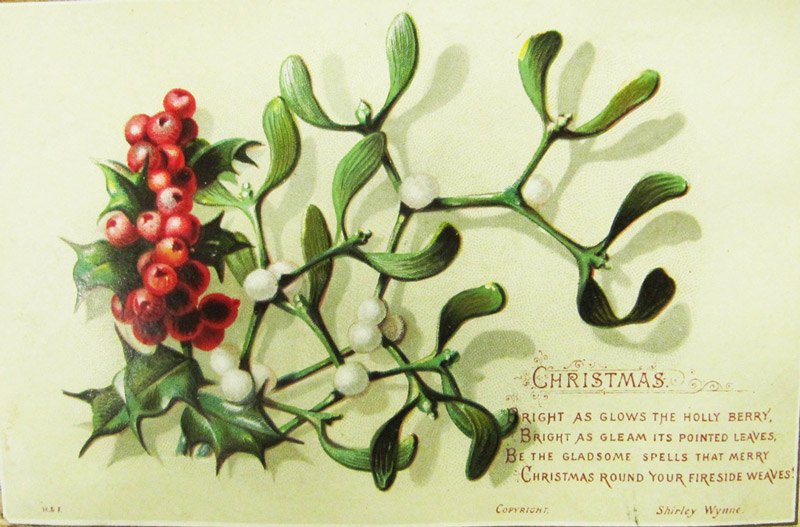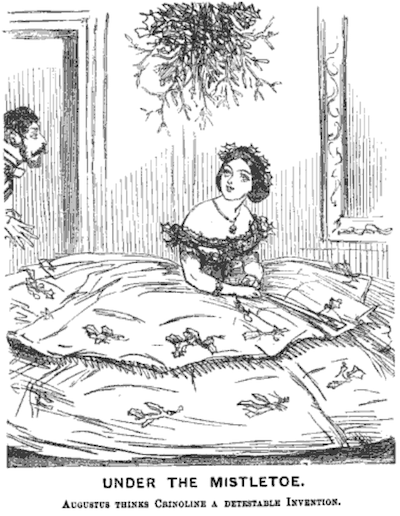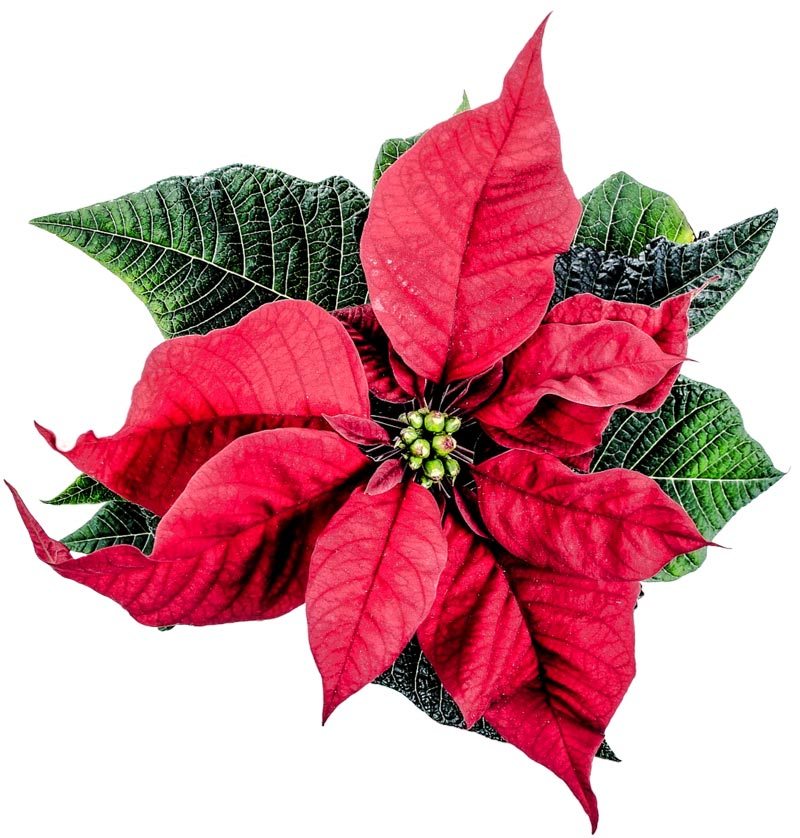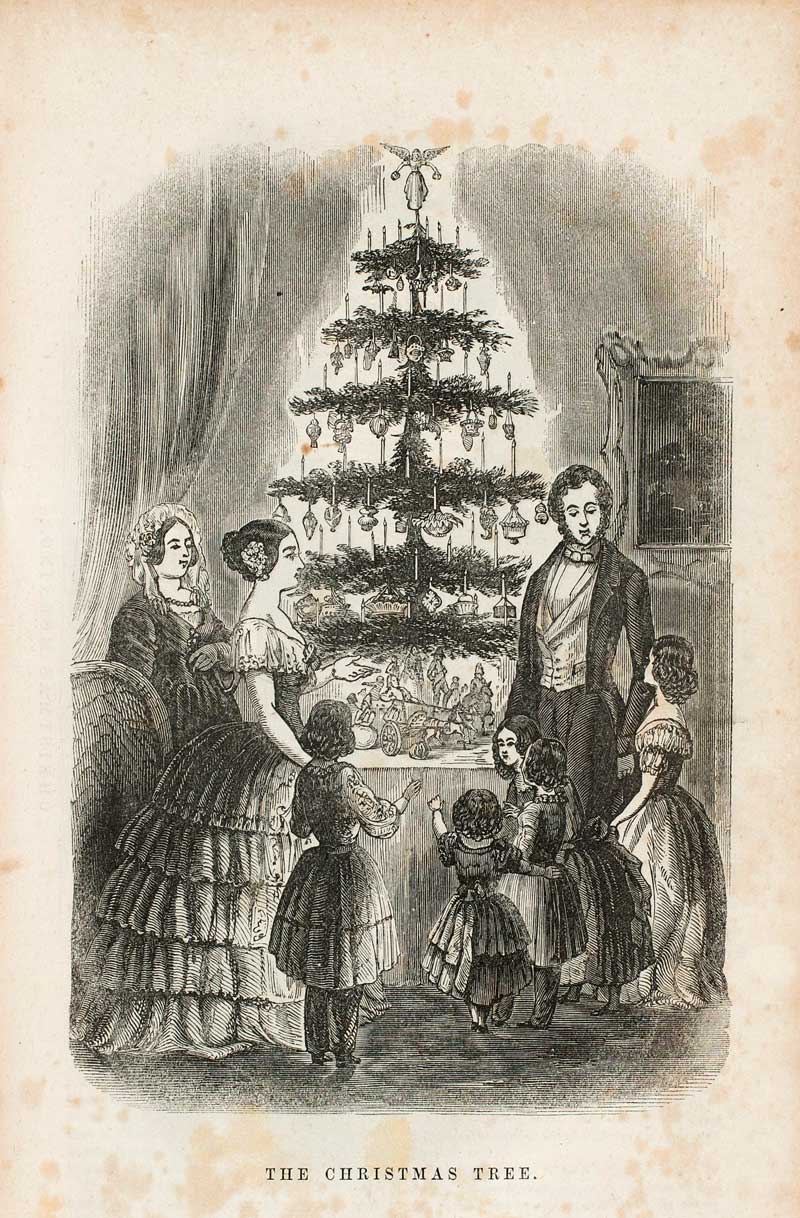I threw a picnic in our garden the other day. We were busy with all…
English Christmas 1 – Evergreens
It is quiet out there and the sky is cloudy on Advent. This the time when I decorate the house with christmasy stuff. It has been nearly 20 years that I learnt in Germany how to make a Christmas wreath, and since I have always made one for my family and one for myself. Interestingly, Christmas wreaths were not traditional in Hungary, definitely not during the Socialism when I grew up. As the borders opened, people did not have to hide away their beliefs and traditions linked to Christmas.
Christmas has always been different in Hungary and I was always proud of it and still am. Christmas is about the birth of Jesus and for Hungarians gifts are brought by the little Jesus or by Angels. I am pleased we have St Nicolaus day on 6th December when kids put their shoes in the window, which will be filled with chocolate and small bits and bobs by the morning. Our Christmas was influenced by German and Austrian traditions big time, which might be obvious for the majority of the Readers.
The English or Anglo-Saxon Christmas is different and special. I was at my Granny playing with cards sent by my Uncle from New York when I first saw typical Christmas symbols of the English culture, such as holly, red bow, Christmas wreath hanging on doors etc. The Anglo-Saxon Christmas has a very special ambiance, which is not better than the Hungarian one, it is only different.
German influence
When one of my favourite English historians, Lucy Worsley says that many things we find typically British, were in fact established by the first German kings (George I, George II and George III), because they formed the country, that the Great Britain we know today depicts in its Christmas, I tend to agree with her, I think. Of course, there were the Tudors and the Stuarts as well and we have seen how much those years influenced the country in architecture. Yet, Great Britain was influenced by the German culture much more than we would think and it might be, because it has not been made aware. This applies to Christmas as well. The topic of Christmas is far too big, I split it into 3 posts: Evergreens, Traditions and Food. Let’s begin with the evergreens today.
The holly
As I mentioned the wreath above, let’s have a look what you find on a traditional English Christmas wreath. Pine branches, hollies, ivy and mistletoe. When I was a kid, I used to mix up the holly and the mistletoe because we do not have these symbols in the Hungarian tradition. But how come they are there in the English? And what do they mean?
These evergreens have been used since ancient times to decorate the house during the midwinter festivals. People thought everything dies during the winter months, but evergreens flourish and bear fruit. In early times, people believed it was because all growing things had their own spirit and evergreens were the only plants whose spirit did not leave them. They also believed these evergreens bring luck and the next harvest would be good. Therefore, on Christmas Eve they hung holly in the barns and used to plant holly in front of the house so that it kept the house safe from lightning and fire. Into the house, however, it was forbidden to bring holly before Christmas Eve, otherwise it would bring bad luck. After the Twelfth Day, all evergreens were burnt. This tradition still lives today: this is the time when you put down the Christmas tree and remove it from your house. Druids wore hollies in their hair because they thought to be protected against evil spirits.

Romans decorated their houses with holly for Saturnalia, they too believed holly brings luck. As Christianity spread, the pagan traditions did not die, they were only wrapped up in new stories to fit in with the meanings of the new belief. So did holly. According to one legend the shepherds left a lamb behind when they left to Bethlehem. To protect the lamb from wolves they put hollies around the animal, but it ran after them hurting its skin with the thorns of the holly. The drops of blood froze on the holly in the cold evening and this is why holly has red berries. According to another legend, the crown of Christ was made of holly which had white berries, but turned red because of the blood.
The ivy
The holly and the ivy appear often together in English culture. The holly had a masculine principle with its thorns and the ivy was feminine. Interestingly, the name Holly is primarily a female name in English inspite of its masculine symbolism. The name, however, became popular during the 20th century only and researchers observed this name is given more often at Christmas time. Versions: Hollye, Holli, Holleigh, Hollee, Holly. The Holly and the Ivy symbolizes Jesus and Virgin Mary in an English song.

The mistletoe
The mistletoe was thought of as a plant of peace and friendship. If friends met beneath mistletoe, their friendship was considered blessed with good luck. In case of enemies standing under a tree which had mistletoe growing on it, they would lay down their arms and did not fight.
And why do English kiss under the mistletoe?
Apparently, foreign visitors in the 16th century were often surprised how often men and women kissed in greeting and in parting. Probably this and the belief that mistletoe was the plant of friendships created the Christmas tradition of kissing beneath the mistletoe. Later, both mistletoe and ivy were used for Christmas decorations. A big bunch of mistletoe was hung from the ceiling and a young woman standing beneath waiting to be kissed. The kiss would bring luck and ensure her of marriage. When she was kissed, she was allowed to pluck a berry. Once there were no more berries in the bunch, it was no longer lucky to kiss under it. Mistletoe too was burnt after the Twelfth Day.
There was a shortage in mistletoe ca 100 years ago as there were less places in the country where it could grow. In order to keep the kissing tradition alive, kissing bushes were made which was a frame of crossed hoops covered with evergreens. It was important to have at least one small sprig of mistletoe hanging from the middle, but apples, oranges, nuts and toys would also be hung on it. Kissing was not the only use of mistletoe. To protect babies after birth mistletoe was hung above the cradle to keep the evil spirits away and even cows got mistletoe hung in their necks after calving to have good health. In churches, however, it was forbidden to use mistletoe. The reason being is that mistletoe was the wood of the Holy Cross. According to the legend, after that the mistletoe shrunk because of shame. Isn’t that cute? 🙂

Advent vs Christmas wreath
Interestingly the English I have not seen advent wreaths in England yet, but my Partner claims advent wreath is a tradition in England. What is very common is the Christmas wreath on the door, without candles of course. The traditional Christmas wreath is made of pine, holly, mistletoe and ivy. Let me remark here that for me it is obvious to have a wreath on the door according to the season. For autumn I like using chestnuts, acorns, cones etc. and when I hung up our autumnal wreath, my Partner stood in front of it uncomprehendingly saying he has never seen something like that before. When we were talking to the physiotherapist about this, she would not have a clue, either. Consequence: the English only have Christmas wreath and that’s it. They can not imagine any other type of wreaths hanging on the door.
Advent calendar
Advent calendars on the other hand they do have. All sorts of calendars: chocolate, beauty, bits and bobs etc. These appear on the market around mid October and are instantly sold out. Unbelievable. You can not buy decent advent calendars in November…
Poinsettia
Another distinctive Christmas plant in English culture is (although not evergreen) is the Poinsettia. What makes it interesting is that the plant does not have an English origin but Mexican. According to the legend a little girl was on her way to the church and wanted to bring a little gift for Jesus, but she was so poor that she did not have anything to offer. Then an angel appeared and advised her to bring some of the plants growing next to the road. When the little girl arrived to the church, the rich laughed at her bringing weeds for Jesus. In that moment the plants petals turned red and became beautiful flowers. The Poinsettia was brought to the USA by a botanist and first ambassador to Mexico, Dr Joel Poinsett, hence the name. The flower spread then from here and were used at Christmas.

Christmas Tree
And last but not least the Christmas tree. There are several theories about who and when erected the first Christmas tree, but it is for sure that the tradition spread in Germany. German tribes thought evil spirits, demons escape at midwinter day and the only way to protect themselves against the spirits was to hide under the tree of life, the pine tree. It was probably Martin Luther who had the first Christmas tree: giving this pagan tradition a new meaning: the birth of Jesus. The Christmas tree has most probably German origins and not Anglo-Saxon. Most of us think Christmas tree was brought to English traditions by the consort of Queen Victoria, Prince Albert, but based on Queen Victoria’s childhood diaries we know, she would see Christmas trees in the court when she was a child. Victoria reinstated this tradition later, so that her beloved husband can feel more comfortable and at home. The Illustrated London News published a picture about that and the tradition soon spread among the rich and middle classes.

Although the Christmas tree should be decorated 12 days before Christmas according to the tradition in many houses you would find it standing fully decorated at the end of November. Why? We discussed this, too. For me the Christmas tree should be decorated on Christmas Eve as the point of advent is to wait for the big moment to come and enjoy it then. If the tree is there 12 days before Christmas, then it is not interesting anymore on Christmas day. Well, for Bill (my Partner) it is obvious to have the Christmas tree 12 days before Christmas. Different strokes for different folks.
~
That is all for today, I will continue this series with traditions and food and you will see how much these were influenced by Germany.
I am curious now: When do YOU have your Christmas tree ready…?




Comments (0)